You could draw some axes and then plot y over a range of x coordinates:
from turtle import Turtle, Screen
WIDTH, HEIGHT = 20, 15 # coordinate system size
def plotter(turtle, x_range):
turtle.penup()
for x in x_range:
y = x / 2 + 3
ivy.goto(x, y)
turtle.pendown()
def axis(turtle, distance, tick):
position = turtle.position()
turtle.pendown()
for _ in range(0, distance // 2, tick):
turtle.forward(tick)
turtle.dot()
turtle.setposition(position)
for _ in range(0, distance // 2, tick):
turtle.backward(tick)
turtle.dot()
screen = Screen()
screen.setworldcoordinates(-WIDTH/2, -HEIGHT/2, WIDTH//2, HEIGHT/2)
ivy = Turtle(visible=False)
ivy.speed('fastest')
ivy.penup()
axis(ivy, WIDTH, 1)
ivy.penup()
ivy.home()
ivy.setheading(90)
axis(ivy, HEIGHT, 1)
plotter(ivy, range(-WIDTH//2, WIDTH//2))
screen.exitonclick()

Or, you could switch to matplotlib (and numpy) and forget turtle:
import numpy as np
import matplotlib.pyplot as plt
def f(x):
return x / 2 + 3
t = np.arange(-10, 10, 0.5)
plt.plot(t, f(t))
plt.show()

And customize to your heart's content.

